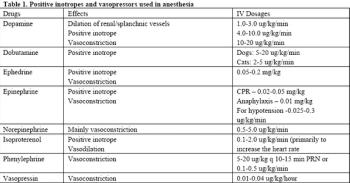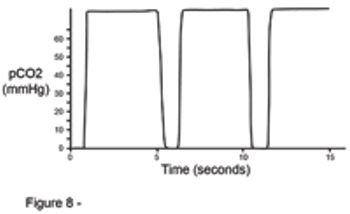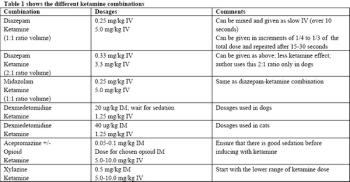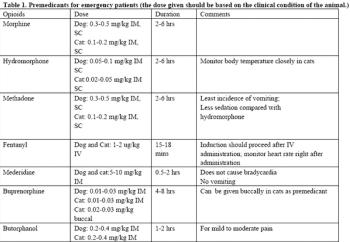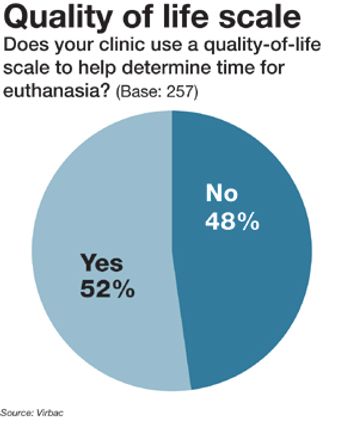
Before improving quality of life for patients, a veterinarian must first understand the cause of a decrease in quality of life. Pain is universally accepted as decreasing quality of life but is fairly ambiguously defined; according the International Association for the Study of Pain (IASP), pain is an unpleasant sensory and emotional experience associated with actual or potential tissue damage, or described in terms of such damage.

